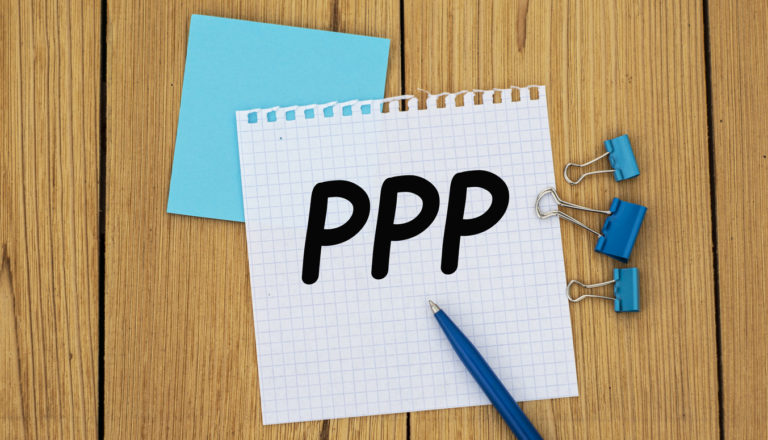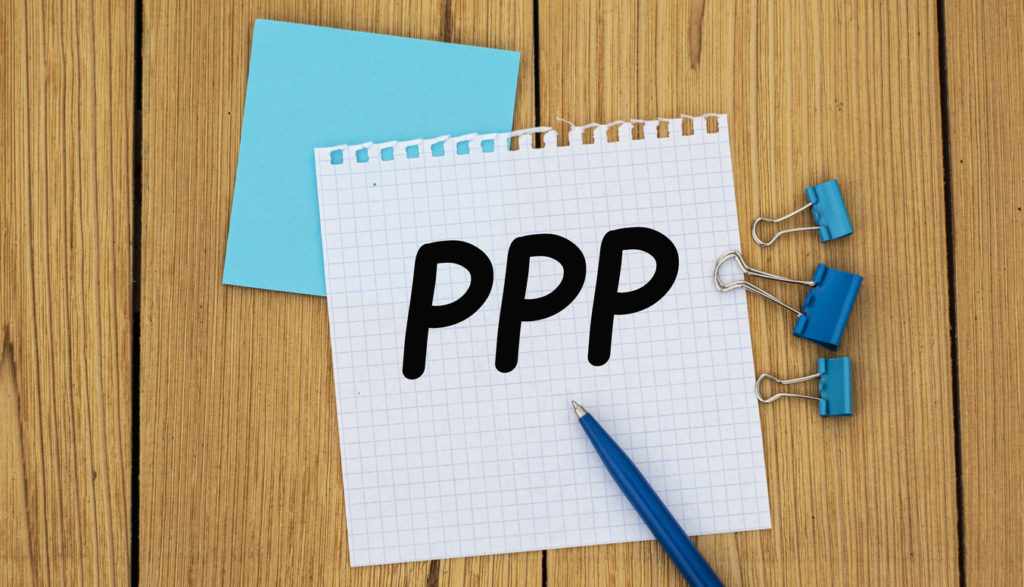On March 11, 2021, President Biden signed the American Rescue Plan Act of 2021 (ARP) into law, providing several tax relief provisions for individuals, businesses, and nonprofit organizations. Among these measures, the ARP infused $7.25 billion in new funds into the Paycheck Protection Program (PPP) and expanded eligibility for certain nonprofit organizations.
The ARP’s expanded eligibility includes “additional covered nonprofit entities” that employ 300 or fewer employees per physical location of their organization. The ARP defines an “additional covered nonprofit entity” as “an organization described in any paragraph of section 501(c) of the Internal Revenue Code of 1986, other than paragraph (3), (4), (6), or (19), and exempt from tax under section 501(a) of such Code.”
Since the CARES Act included certain 501(c)(3) and 501(c)(19) organizations, and the Consolidated Appropriations Act, 2021 (CAA) expanded eligibility to include certain 501(c)(6) organizations, this means the ARP expands eligibility to certain 501(c)(5), 501(c)(7), and 501(c)(8) organizations.
Some organizations are excluded under 13 CFR §120.110, including private clubs and organizations primarily engaged in lending, life insurance, gambling, or illegal activities. For PPP purposes, organizations falling under §120.110(a) and (k) are the exceptions to the rule.
Additional covered nonprofit entities are also subject to limitations based on lobbying activities, including:
- no more than 15% of receipts may come from lobbying activities;
- lobbying activities must not comprise more than 15% of total activities; and
- the cost of lobbying activities must not exceed $1 million during the most recent tax year that ended prior to February 15, 2020.
The ARP expands eligibility for larger 501(c)(3), 501(c)(6) and 501(c)(19) organizations with 500 or fewer employees per physical location. The employee count is based on actual headcount rather than a calculation of full-time employee equivalents.
Nonprofit organizations are eligible for second draw PPP loans if they otherwise meet the second draw PPP loan requirements, including:
- a reduction in gross receipts (both restricted and unrestricted amounts) of at least 25% between comparable quarters in 2019 and 2020;
- prior receipt of a first draw PPP loan and expenditure for authorized uses only; and
- has no more than 300 employees.
The PPP still has nearly $93 billion left to distribute, and legislation is currently being negotiated that could extend the application deadline allowing eligible organizations more time to take advantage of the relief program. The House passed (415-3) the PPP Extension Act of 2021 on March 16, 2021. If enacted, the Act would extend the PPP application deadline to May 31, 2021. ARB will issue updates as the bill makes its way through the Senate.
Additional Resources
SBA’s PPP FAQ for Lenders and Borrowers
SBA’s Top-line Overview of PPP First Draw Loans
PPP First Draw Borrower Application Form
SBA’s Top-line Overview of Second Draw PPP
PPP Second Draw Borrower Application Form
ARB Is Here to Help
ARB’s PPP Services Group members have been hand-picked, based on knowledge, training, and experience, to deliver sound advice and recommendations. Contact me today if you have any questions.
Visit our COVID-19 Financial Resource and Tax Center for information on related matters and check out these additional ARB insights on matters that may affect your organization:
American Rescue Plan Act of 2021: What Business Taxpayers Need to Know
SBA Issues New PPP Forgiveness Forms
IRS Guidance & Resources for Claiming the Employee Retention Credit
Is Your Organization Subject to a Single Audit This Year?
by Jason LeBlanc, CPA
Jason LeBlanc joined ARB in 1997 and has been a principal for the firm since 2016. He is the Practice Leader for both ARB’s M&A Advisory Group and Nonprofit Advisory Services Group. Throughout his career in public accounting, Jason’s focus has been on M&A advisory services and providing accounting, compliance, and consulting services to clients in the nonprofit and automotive sectors. He works extensively with organizations subject to Single Audit reporting requirements.






